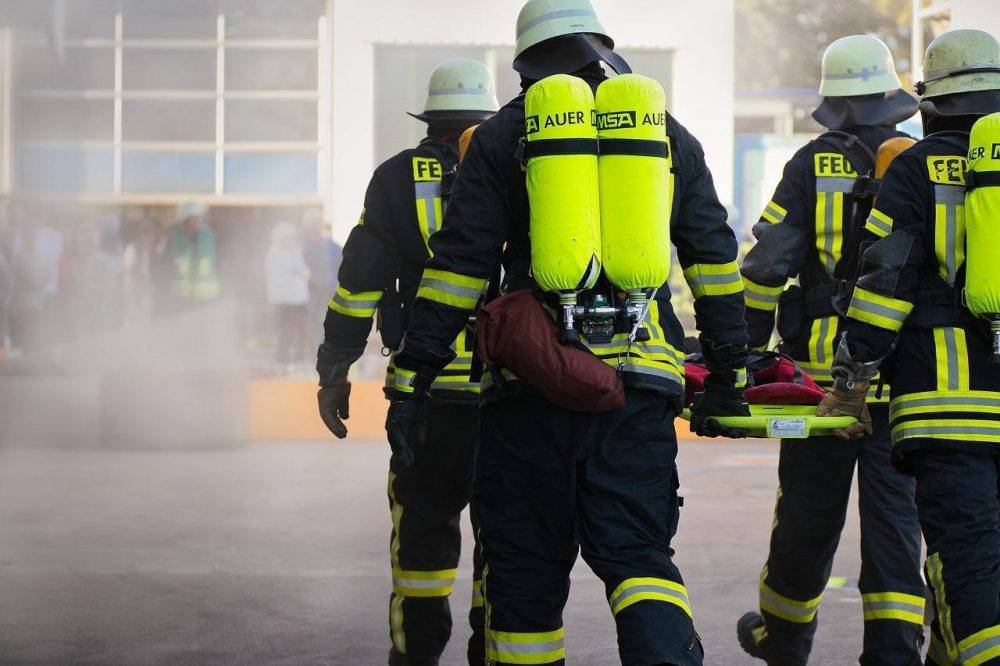The Navigation course is a field of study that sheds wonderful light on the most remarkable method for managing to see and control the improvement of workmanship or vehicles, beginning with one locale and then on the road. The field clearly arranges four general classes: land course, maritime course, aeronautical course, and space course.
It is also the craftsmanship term used for the particular data used by sailors to perform course tasks. All navigational methodologies tracked down the spot of the pilot to appear contrastingly as indicated by known regions or models.
A course, in the broadest sense, can propose any ability or review that combines the validation of position and heading. In this sense, the course combines orienteering and a walking course. Follow techkorr to know more.
History
In European past times, the course was seen as a piece of the methodology of seven mechanical articulations, none of which were used for long trips across the untamed sea. The Polynesian course is, in all likelihood, the earliest sort of untamed ocean course; it relied on recorded memory and astuteness on judicious instruments, like, for instance, the Marshall Islands Stick Charts of Ocean Swales. The early Pacific Polynesians used the progression of the stars, the environment, the spot of some untamed life species, or the condition of the waves to find their bearings. They started with one island, then onto the next.
For instance, the Mariner Astrolab was the first such instrumentation used in the Mediterranean Sea during the Middle Ages. Regardless, the land astrolabe was made in the Hellenistic stretch of time and existed in the outdated remaining portion of the Islamic Golden Age. The most settled record of nautically important stones dates from 1295 by Majorcan stargazer Ramon Lull. Portuguese sailors are credited with the perfection of this course contraption.
Early Portuguese Discoveries in the Age of Discovery The earliest known depiction of building and using marine astrolabes comes from the Spanish cosmographer Martin Cortés de Albacar’s Arte de Navegar (The Art of Navigation), appropriated in 1551, considering the archipelago speculation used in the improvement of the Egyptian pyramids.
Colossal sea courses using the astrolabe and compass began in the fifteenth century during the Age of Discovery. The Portuguese began methodically examining the Atlantic bank of Africa in 1418 under the sponsorship of Prince Henry. By this course, Bartolomeu Dias showed up in the Indian Ocean in 1488. In 1492, the Spanish king funded Christopher Columbus’ endeavor westward to show up in the Indies by crossing the Atlantic, achieving the openness of the Americas.
In 1498, a Portuguese undertaking under the sale to Vasco da Gama showed up in India by cruising around Africa, opening up direct trade with Asia. Before long, the Portuguese traveled further east, to the Spice Islands in 1512, showing up in China a year later. Likewise, look at the thematic map meaning.
Scope
By and large, the level of a place on Earth is its distinct distance northward or south of the equator. Expansion is generally conveyed in degrees (recommended by °) from 0° at the equator to 90° at the north and south poles. The level of the North Pole is 90°N, and the level of the South Pole is 90°S. Mariners settle scope by seeing the pole star (Polaris) in the Northern Hemisphere with a sextant and using vision decline tables to account for rising of the eye and climatic refraction. Polaris’ level in degrees into the extraordinary past is the onlooker’s extension, inside a degree or close.
Longitude
Like extension, the longitude of a point on Earth is the lively distance east or west of the Prime Meridian or Greenwich Meridian. Longitude is regularly conveyed in degrees (proposed by °) on the Greenwich Meridian from 0° to 180° east and west. For example, the longitude of Sydney is around 151° East. The longitude of New York City is 74° West. For most of history, sailors endeavored to pick longitude. Longitude is not for all time set up if the particular time of a review is known.
With basically no this, one can use a sextant to take the lunar distance (moreover called lunar information, or “lunar” for short). That is, with a nautical progressive vault, time at zero longitudes can be used to find out (see Greenwich Mean Time). Strong nautical movements were not open until the late eighteenth century and were not simple until the nineteenth century. For basically 100 years, from around 1767 to 1850, sailors without a chronometer used the way of thinking for lunar distance to wrap up Greenwich time to find their longitude. A sailor with a chronometer can check its readings using the lunar confirmation of Greenwich time.


